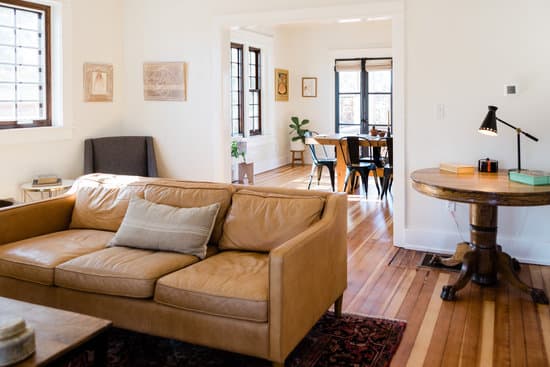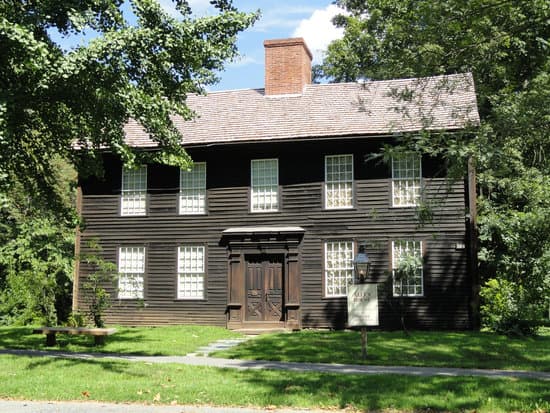Historical Background: Edwardian and Art Nouveau
Edwardian furniture reflects the time between 1901 and 1910, the reign of King Edward VII. During this period, there was a shift in the design of furniture from the heavy Victorian style to a more traditional or refined look. On the other hand, Art Nouveau furniture was introduced during the late 19th century and was popular until the onset of World War I. It was influenced by natural forms, architecture, and decorative arts. The Art Nouveau period saw pieces of furniture decorated with elegant flowing lines, organic motifs, and curved shapes.Characteristics of Art Nouveau Furniture
The Art Nouveau furniture style was characterized by its organic forms, intricate designs, curved lines, and a focus on craftsmanship. It was inspired by nature, employing floral and animal motifs. The use of exotic materials such as ivory, mother of pearl, and tortoise shell was common. The furniture was often designed to function both practically and aesthetically. Art Nouveau pieces were also known for their creative use of space-saving designs.Focus on Ornamentation and Design
Art Nouveau furniture was an expression of beauty, where the emphasis was on design and ornamentation. It was a celebration of the importance of style and craftsmanship, and the decorative arts. The furniture was seen as a work of art, and the design was considered as crucial as its function. It was common to find stained glass panels, ceramic tiles, and intricate carvings on Art Nouveau furniture. Some of the common decorative motifs used in Art Nouveau furniture include:- Floral and plant motifs
- Curvy lines and spirals
- Whiplash curves
- Geometric shapes
- Natural elements such as leaves, flowers, vines, and insects



















